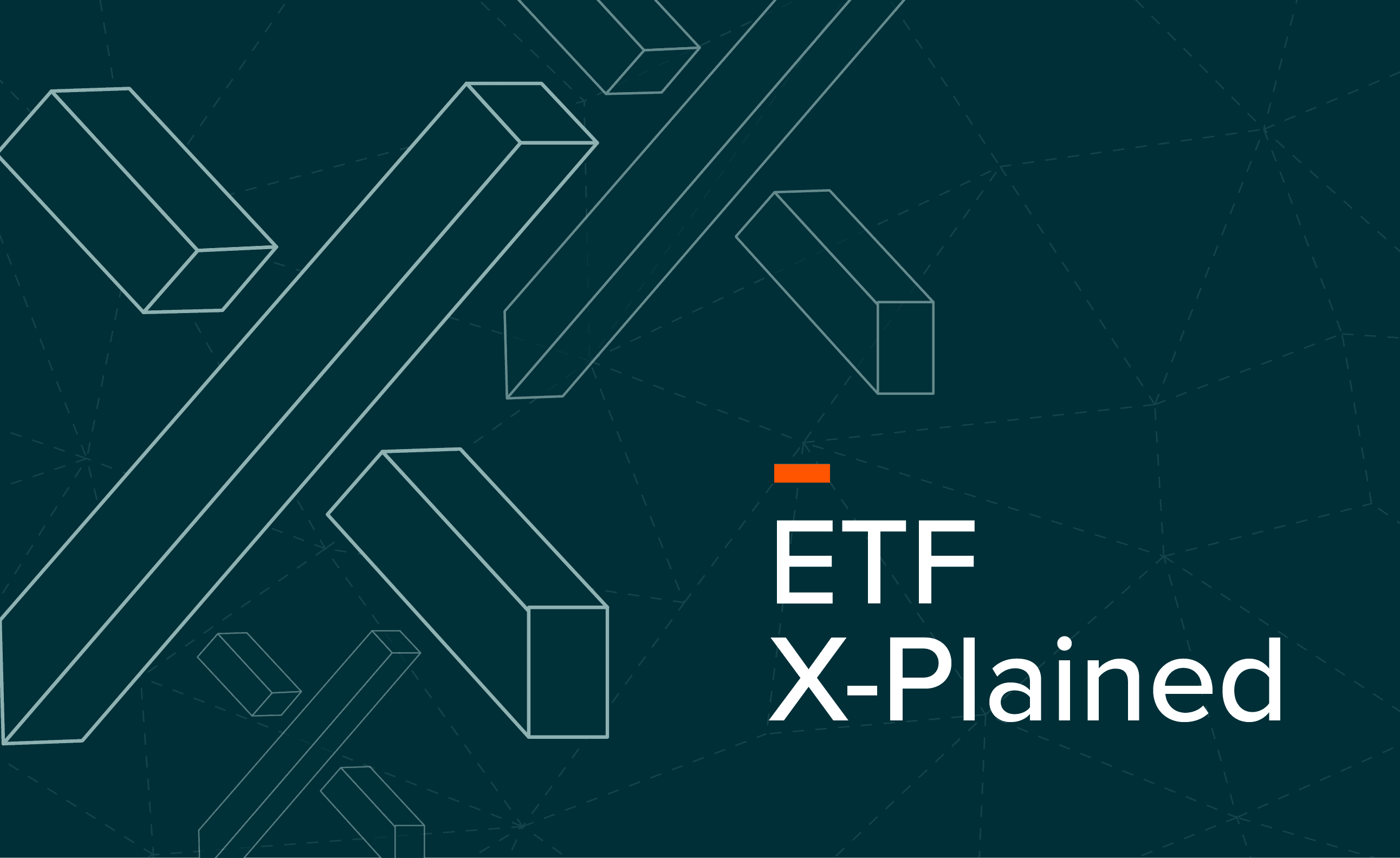
For many Australian investors, dividend investing remains a cornerstone for generating income from their investment portfolio. With franking credits enhancing after-tax returns and a cultural preference for income-producing investments, it is no surprise that high dividend exchange-traded funds (ETFs) have become an increasingly popular choice. So, whether you are nearing retirement or simply looking to increase your passive income, dividend-focused ETFs can provide diversified exposure to income-generating companies across sectors and markets.
Let’s X-Plain:
- What are dividends?
- What are high dividend ETFs?
- Why use dividend ETFs to generate portfolio income?
- How to use dividend ETFs in a portfolio
What are Dividends?
Dividends are arguably the most well-known way to generate a passive income from investing – particularly in Australia. Generally, a company will calculate how much it will pay to shareholders in dividends by the amount of profit they make and then how much they need to keep the business growing. The remainder can be paid out as a dividend. Dividends are generated on a per share basis, meaning the more shares in a company you hold, the more dividends you get.
As a hypothetical example, let’s say you invest some money into an individual stock and purchase 100 shares of a company called ‘ETFs R Us’. ETFs R Us perform well over the course of the year and as a result have extra cash on their balance sheet, they then have the option to hold onto that cash and reinvest it into the company or they can pay it out to you as a shareholder. ETFs R US decide to pay the extra cash to shareholders at $0.10 per share. You own 100 shares so you earn $10 in dividends.
What are High Dividend ETFs?
To generate portfolio income from dividends, it is important to select companies which are more likely to pay up. However, the probability of producing adequate income by choosing individual stocks is slim compared to investing in a high dividend yield ETF.
High dividend yield ETFs use strict rules to identify businesses in a given index – such as the S&P/ASX 200 or S&P 500 – which are high yielding and, as a bonus risk mitigation could also experience low volatility. Often this means the stocks included in a high yield ETF are vastly different to the broader index, as shown in the chart below. Therefore, these ETFs can offer an element of diversification as well as enhancing a portfolio’s income potential.
Why use Dividend ETFs to Generate Portfolio Income?
As well as it being difficult to accurately determine which individual stocks will produce good dividends, investors also need to be wary of yield traps.
Yield traps are companies that appear to pay out attractive dividend yields, but are either financing their dividends through excessive borrowing, or only appear lucrative due to declining share prices. Neither of these cases are desirable for investors – in fact, yield traps are one of the biggest concerns when targeting a high dividend strategy. High dividend ETFs help investors by selecting stocks that are not yield traps, thereby minimising this risk.
Moreover, ETFs offer cost-efficiency. An actively managing portfolio of high dividend-paying stocks can be time-consuming and costly, particularly when trying to maintain diversification across sectors. In contrast, high dividend ETFs which are passively managed, generally have lower management fees – making them a more affordable and convenient way to access a diversified portfolio of dividend-focused companies.
How to Use Dividend ETFs in a Portfolio
Dividend ETF strategies can help investors navigate a range of market conditions, particularly during periods of economic uncertainty or slowing growth. These strategies are designed to meet key objectives like generating consistent income and enhancing total return. For example, compared to traditional broad-market ETFs, high dividend ETFs can offer a more efficient balance of income generation and capital preservation, especially when equity markets are flat or under pressure. Investors can consider using high dividend strategies in a portfolio as:
- A core portfolio holding to replace a portion of broad US or Australian equity exposure.
- A satellite providing an alternative source of income to a portfolio which may already hold other income generating assets such as fixed income.








